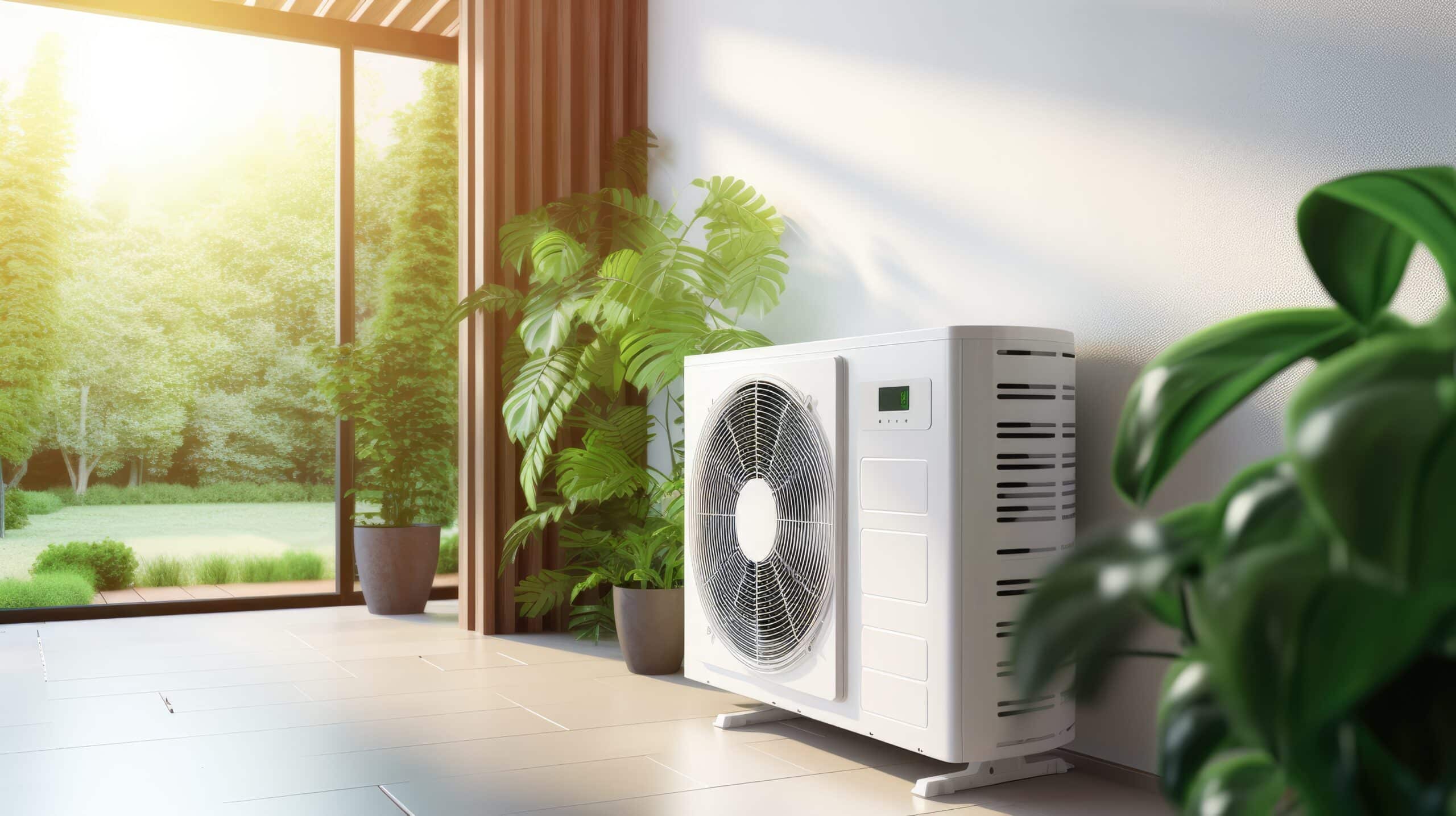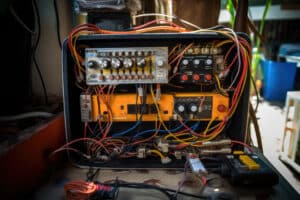How to Generate Electricity from Air at Home?
Key Takeaways
- Scientists have made breakthroughs in generating electricity from air using nanowires and humidity-converting discs.
- The main challenges to implementing this technology for home use are manufacturing and cost.
- While generating electricity from air is not currently possible for homeowners, advancements in technology and research may make it a viable option in the future.
Many people are looking for alternative sources of energy to power their homes, and one interesting possibility is generating electricity from the air. While it may sound like something out of science fiction, recent research has shown that it is indeed possible to harness the power of air to generate electricity. In this article, we will explore the methods and technologies that scientists are developing to generate electricity from air, particularly for home use.
Research Breakthroughs
Scientists from the University of Massachusetts (UMass) Amherst and the Catcher project in Lisbon have made significant breakthroughs in generating electricity from air. The UMass team discovered that nanowires, tiny microscopic tubes, could produce an electrical signal when exposed to humidity in the air. This discovery opens up the possibility of using humidity as a source of energy.
The Catcher project, on the other hand, has developed a thin disc that can convert atmospheric humidity into electricity. They plan to stack thousands of these discs together to generate enough energy to power a household. This technology is still in the research and development stage, but it holds great promise for the future.
Challenges and Limitations
While the idea of generating electricity from air is exciting, there are several challenges that need to be addressed before it can become a viable option for home use. One of the main challenges is manufacturing. Scaling up the production of nanowires or humidity-converting discs to meet the demands of households can be a complex and expensive process.
Cost is another factor to consider. Developing and implementing this new technology will require significant investment, and it remains to be seen whether it will be cost-effective for homeowners. Additionally, the efficiency of air-powered generators for home use is still unknown, as the mentioned research does not specifically address this aspect.
The Future Outlook
While there are challenges to overcome, the developments in generating electricity from air are undoubtedly promising. As technology advances and more research is conducted, it is possible that these challenges will be addressed, making it a viable option for homeowners in the future.
It’s important to note that generating electricity from air is not yet a DIY project that homeowners can undertake. The current research is being conducted by scientists and research institutions, and the technology is still in the experimental stage. However, as progress continues to be made, it is possible that in the future, solutions for generating electricity from air at home could become more accessible.
Conclusion
In conclusion, while it is not currently possible to generate electricity from air at home using existing technologies, scientists are making significant progress in this field. The discovery of nanowires and humidity-converting discs as potential sources of energy from the air opens up exciting possibilities for the future. However, there are still challenges to overcome, such as manufacturing, cost, and efficiency. As further research is conducted and technology advances, it is possible that generating electricity from air could become a viable option for homeowners in the years to come.
Related Websites:
FAQs:
Q: What are the benefits of generating electricity from air at home?
Generating electricity from air at home offers several benefits. It allows you to harness renewable energy, reducing dependence on traditional power sources. It can help lower electricity bills and promote energy sustainability. Additionally, this technology enables you to power small appliances and charge electronic devices, providing convenience and potential cost savings.
Q: How does air-based electricity generation work?
Air-based electricity generation works by utilizing natural air flow or wind to produce electricity. Wind turbines or windmills are commonly used to capture the kinetic energy in moving air, which is then converted into electrical energy. Another technique involves using air flow to directly rotate turbines and generate electricity. Additionally, piezoelectric materials can convert air vibrations into electrical energy.
Q: Can I generate electricity from air at home in residential areas?
Generating electricity from air at home is feasible in residential areas, especially if you have access to consistent wind or air flow. However, the effectiveness may vary depending on factors such as location, wind patterns, and air quality. It’s important to assess these aspects before implementing air-based electricity generation systems.
Q: Are there any safety considerations when using air-based electricity generation systems?
When dealing with air-based electricity generation systems, it’s important to follow safety guidelines. Ensure proper installation and maintenance to prevent accidents. Be cautious of moving parts, electrical connections, and any potential hazards associated with the system. If you’re unsure or need assistance, it’s recommended to consult professionals for guidance.






